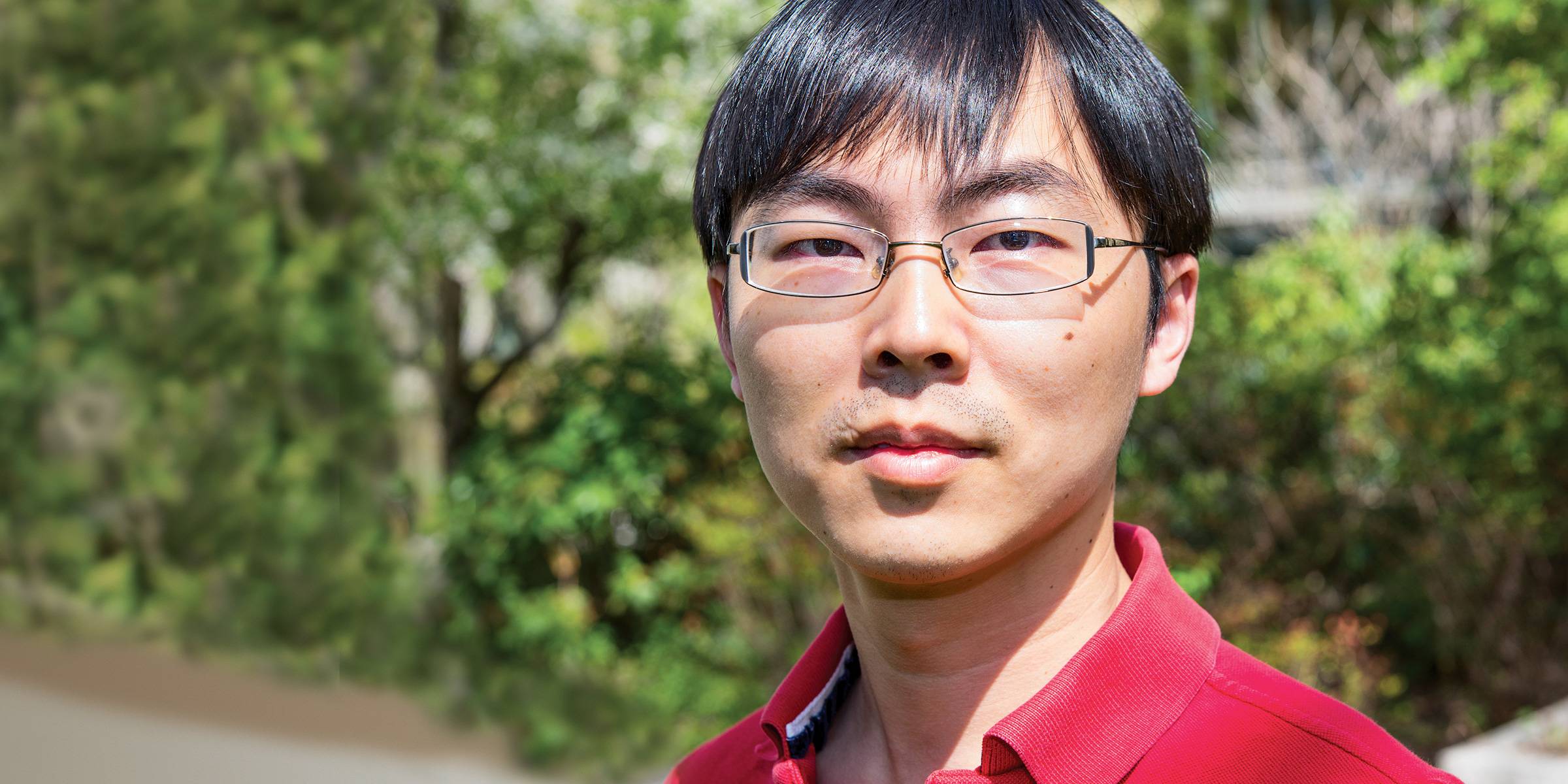Shixin Liu, Ph.D.
Associate Professor
Faithful inheritance and precise expression of genetic information are carried out by specialized macromolecular machines. These nanometer-scale entities must negotiate the physical characteristics of DNA and chromatin in order to fulfill their function. Leveraging the single-molecule biophysical toolkit, Liu investigates the molecular underpinnings of interaction, coordination, and competition of machines that act on bacterial and eukaryotic chromosomes.
Virtually all aspects of cellular life are driven by nanoscale biomolecular machines, which generate forces in the piconewton range and operate at energies just above those of the thermal bath. The advent of single-molecule techniques enabled scientists to follow these tiny devices as they move, tug, and collide one molecule at a time, thereby discerning previously hidden dynamics and unexpected phenomena.
There are two major classes of single-molecule methodology: fluorescence-based detection and force-based manipulation. The former monitors the assembly and conformational changes of biological complexes, while the latter measures the mechanics and energetics of machines and their substrates. The Liu laboratory employs cutting-edge single-molecule fluorescence and force microscopy—often integrating them in a co-temporal manner—to investigate how stochastic molecular behaviors lead to deterministic biochemical outcomes and directional information flow in the cell.
Liu’s research program focuses on understanding the operating mechanisms of molecular machines that interact with DNA and nucleosomes—structural units of eukaryotic chromatin made up of DNA and histone proteins. They discovered that the eukaryotic replicative helicase CMG harbors a DNA gate in its closed-ring-shaped architecture, enabling it to rapidly transition between ssDNA and dsDNA for replication initiation and fork repair. The lab also reported that the Origin Recognition Complex (ORC) stably binds nucleosomes regardless of the DNA sequence and further recruits the replicative helicase to the nucleosomal sites. This finding presents a potentially unifying mechanism for how eukaryotic cells select replication origins.
In another study, they found that the linker histone H1 forms phase-separated condensates with ssDNA and dsDNA with distinct material properties, suggesting a novel function of H1 in ssDNA-templated processes in the nucleus. These findings highlight that the physical characteristics (size, shape, flexibility, thermodynamics) of DNA and chromatin control the operation of genome-associated machines in intricate and often unexpected ways, the dissection of which will advance our knowledge of the fundamental design principles of gene regulation.
In addition, Liu’s group invented a high-throughput method named SEnd-seq (simultaneous 5′- and 3′-end RNA sequencing) to map the full-length transcriptome in bacteria, which unveiled previously unknown modes of transcriptional regulation in several bacterial species, including Escherichia coli and Mycobacterium tuberculosis. They have also carried out several collaborative projects with colleagues at Rockefeller to gain mechanistic insights into CRISPR-Cas complexes, membrane transporters, and the SARS-CoV-2 replication machinery.
Currently the lab is seeking to elucidate the molecular choreography when DNA replication and transcription machineries encounter collisions and roadblocks on crowded chromosomal tracks. These investigations will shed light on the mechanism by which genome stability is maintained and genetic/epigenetic information is inherited.
Liu is a faculty member in the David Rockefeller Graduate Program, the Tri-Institutional M.D.-Ph.D. Program, and the Tri-Institutional Ph.D. Program in Chemical Biology.
